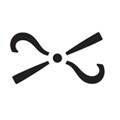To celebrate Maths Week Scotland, we’ve brought together some of the people who use maths in different ways every day as part of their work at National Museums Scotland.
Maths is all around us. We use it at work and at home, it shapes our society and underpins the art and music we enjoy. Our pals at Maths Week Scotland have been asking people across all industries to help show that maths is indeed everywhere and highlight the importance of maths in all careers.
You can follow #ShowYourWorking and the Maths Week Scotland account on Twitter to see more examples. If you want to take part yourself you can find out how here.
Read on to hear from four people at National Museums Scotland about how they use maths.
Bob Gooday
I’m a geologist. I work with the rock, mineral, and meteorite collection at National Museums Scotland. I analyse specimens in our lab to find out exactly what they are, where they are from, or how they formed.
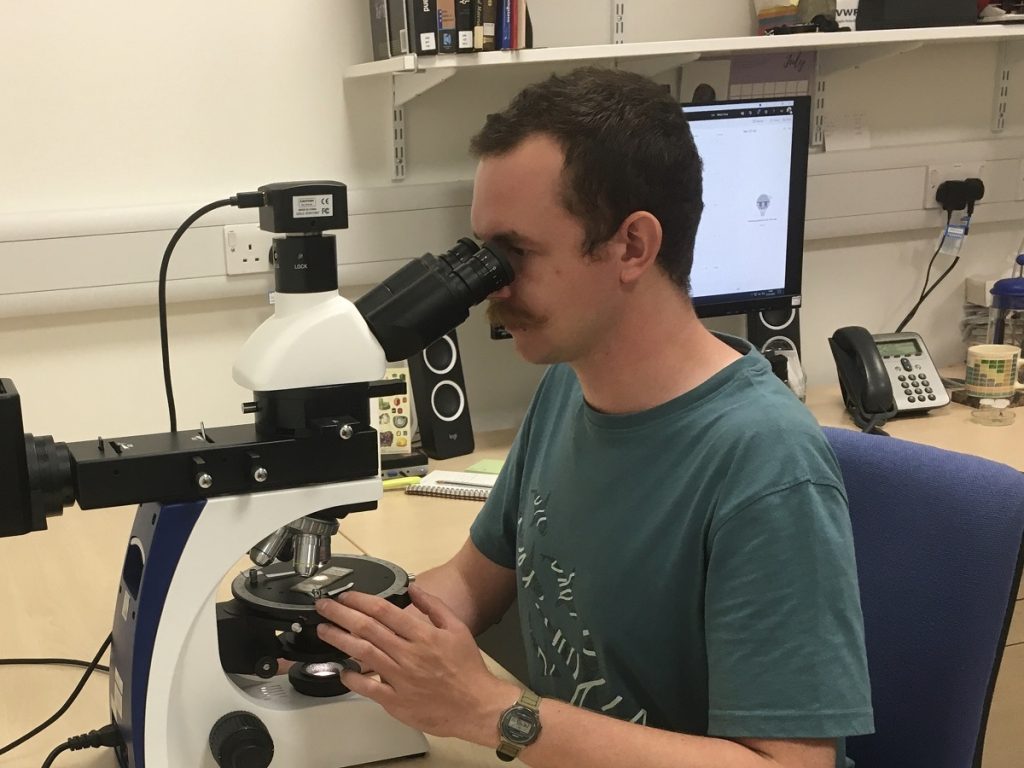
A lot of the scientific techniques I use are based on maths: measuring, analysing and using equations to gather more information about the rocks and minerals we are investigating. One technique involves using beams of X-rays to identify minerals, based on the arrangement of atoms inside a crystal.
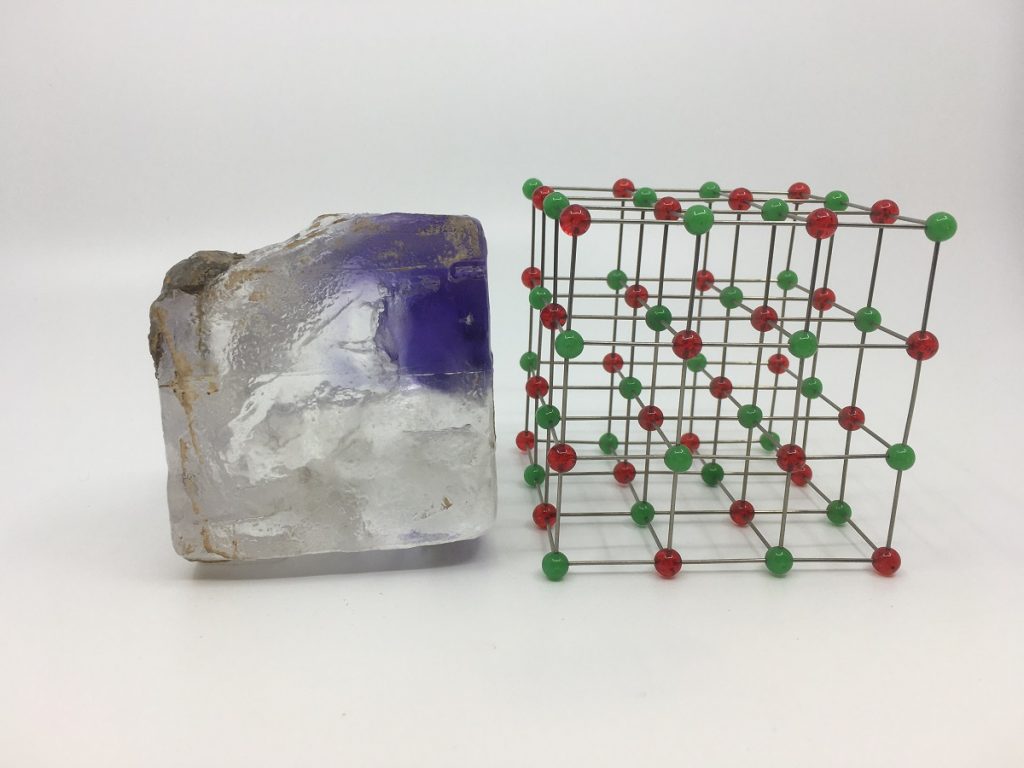
An equation called Bragg’s Law relates the angle that X-rays pass through a mineral to the distance between atoms. By measuring those angles, we can produce a ‘fingerprint’ of each mineral to help us identify unknown specimens in the collection.
The short video below outlines the XRD process and the maths behind it!
Bryony Hope
I run large-scale events at our museums. Everything from classic car or horse shows to ceilidhs and live music. Maths helps me with event planning, including creating floorplans, forecasting visitor numbers and managing a budget.
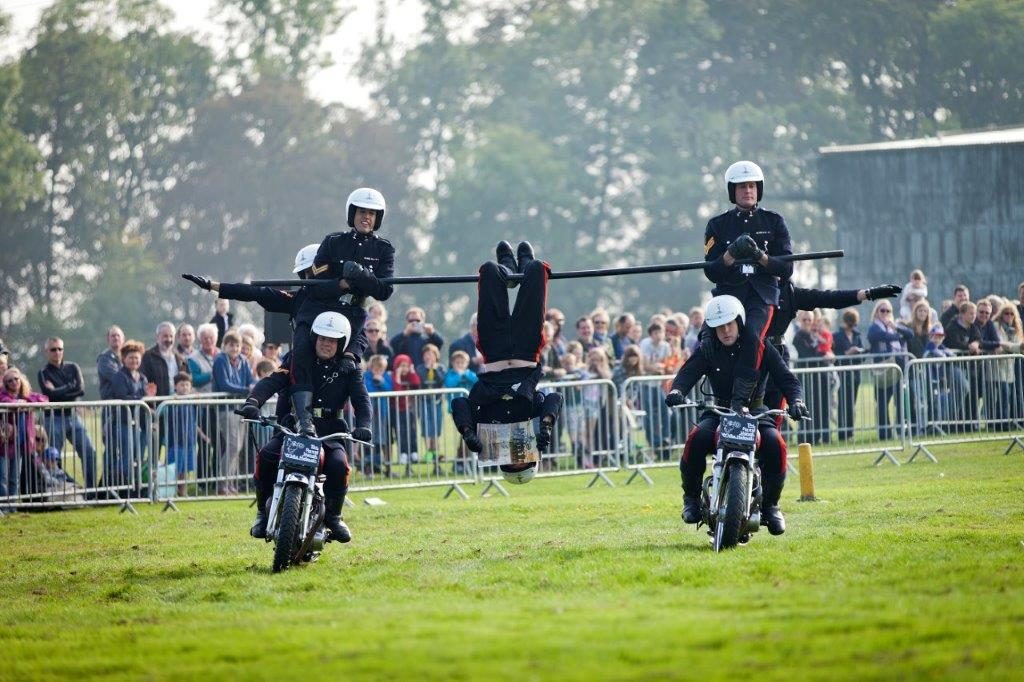
I often use maths to do layouts for events, ensuring everything is in the right position and that visitors can move around an event safely. This involves calculating the footprint area of stages, exhibits, etc. and drawing them up on maps. I also calculate how many people can be in one area at a time. This has been even more important recently with COVID restrictions.
Without maths I wouldn’t be able to keep a track of what I’ve spent out of my budget or calculate the VAT charged on some items. Being part-time, it also really helps me work out how many hours I’ve worked in a week and how many hours of holidays I need to use up!
My latest project brought a LEGO® exhibition into the National Museum of Flight. I used maths to work out the total area the exhibition took up and adjusted the capacity of the hangar to make sure visitors could still socially distance.
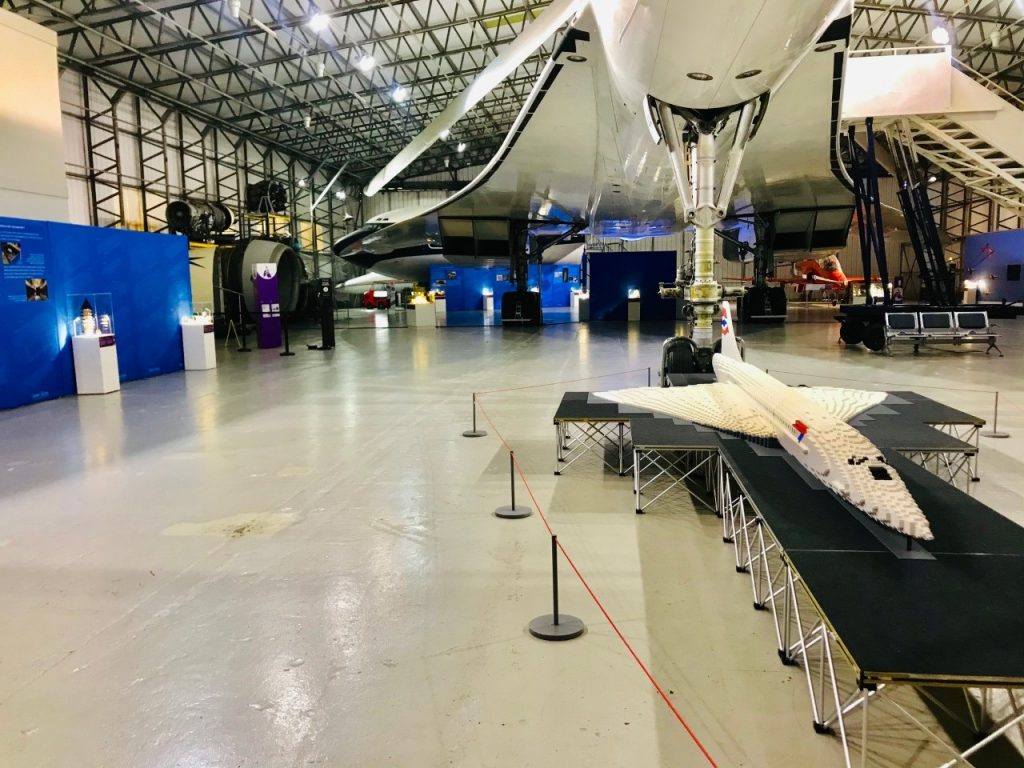
Dan Potter
I’m the Assistant Curator for Ancient Mediterranean collections. I help to look after, share and research objects from the ancient world. My specialism is Egyptology, which includes reading hieroglyphs!
I research the history of objects as part of my job, some of which were bought and sold in the antiquities market over a hundred years ago. Many different currencies were used, so it can be helpful to work out conversion rates and calculate their modern equivalents with inflation.
If £1 GBP was worth 20 French Francs (Fr), 1 ÷ 20 tells us how much 1 Franc was worth (£0.05). This can be multiplied with the Franc rate. To calculate the value of 355 Fr, do the following sum: 0.05 x 335 = £16.75
For inflation, we aim for an annual 2% increase, but this didn’t always happen. As the rate changes every year, calculations can be very complex. Helpfully, the Bank of England have a calculator! Sometimes asking the experts is the best method.
Financial transactions that happened in the early 20th century can be hard to appreciate, especially when they are in £/s/d or French Francs which aren’t used today. Working out conversion rates or modern equivalents can help me understand and share the results of my research.
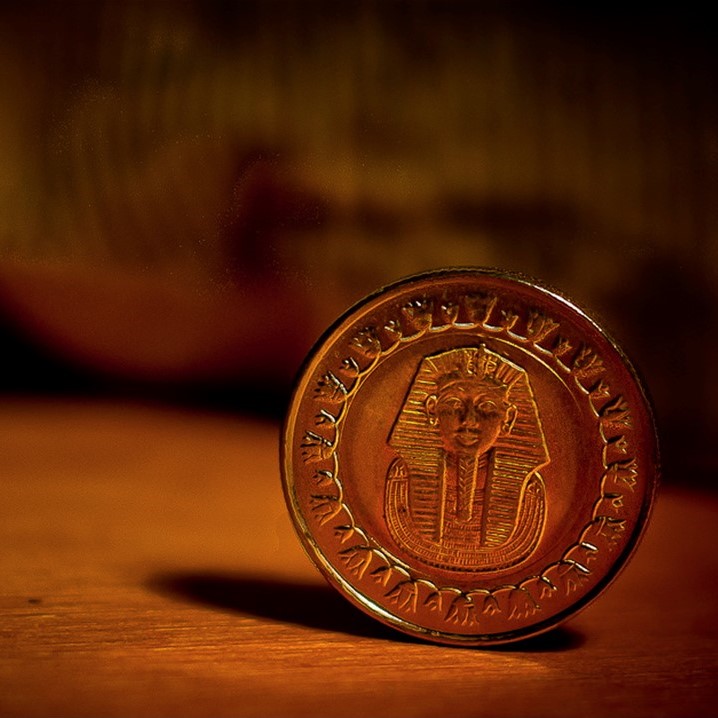
Lucy Bull
I’m an Enabler, part of the Learning & Engagement team. My job is to help people discover more about the museum’s collections. I plan, develop and deliver workshops, learning resources, digital sessions and events for schools and the general public.
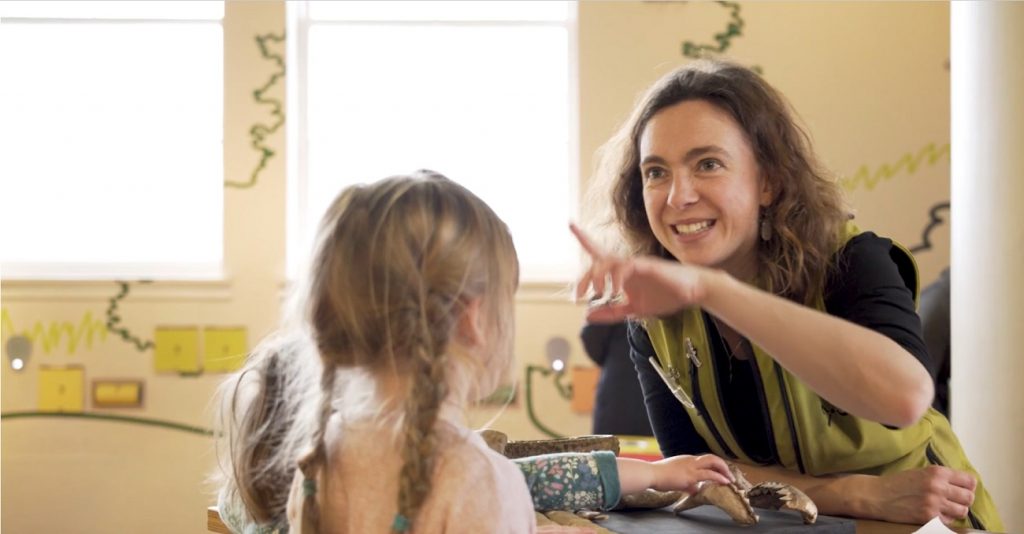
I use maths when I analyse visitor feedback and evaluation, such as working out averages and percentages. I also regularly use maths for project budgeting to calculate and compare the costs of different learning materials, for example when putting together handling kits for the Galloway Hoard.
For the Galloway Hoard handling kits, I used maths to measure the objects to ensure we ordered the right size of packing box! It has also been interesting to discover how people in the Viking Age used maths to weigh and trade with standardised weights of silver.
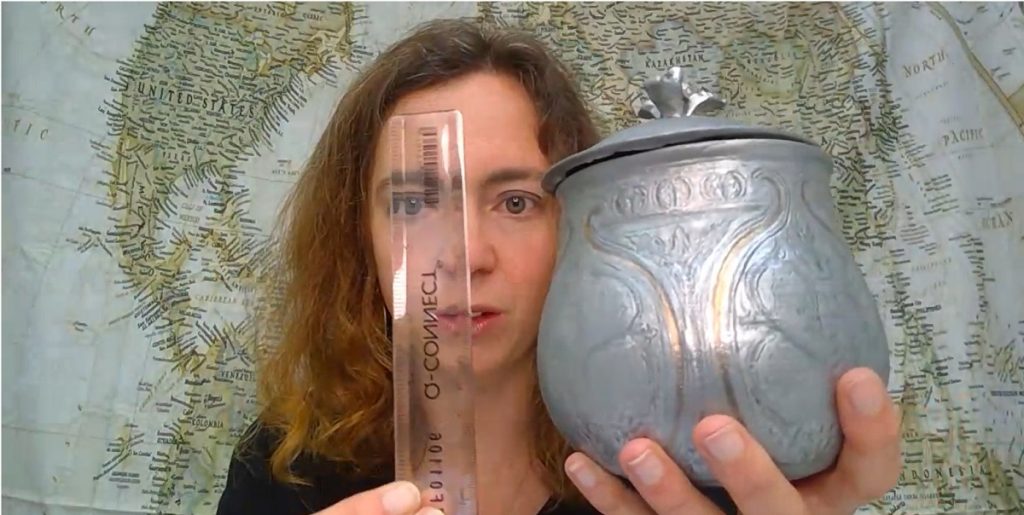
Maths Week Scotland
Maths Week Scotland is a week of events and activity and this year it takes place 27 September – 3 October 2021. Join in to uncover the maths we take for granted in our lives and see maths in a whole new light. We also have a brand new maths trail at the National Museum of Scotland until 18 October, so pick that up next time you’re visiting. If you would like to find out more about how maths keeps the museum running and do your own activities at home, head to our website or check out our new resource for Level 4 pupils with Dr Fraser Hunter revealing how maths helps curators solve ancient mysteries.
Even if you haven’t thought about maths since school, there is something for everyone. Don’t forget, maths isn’t just for accountants!

